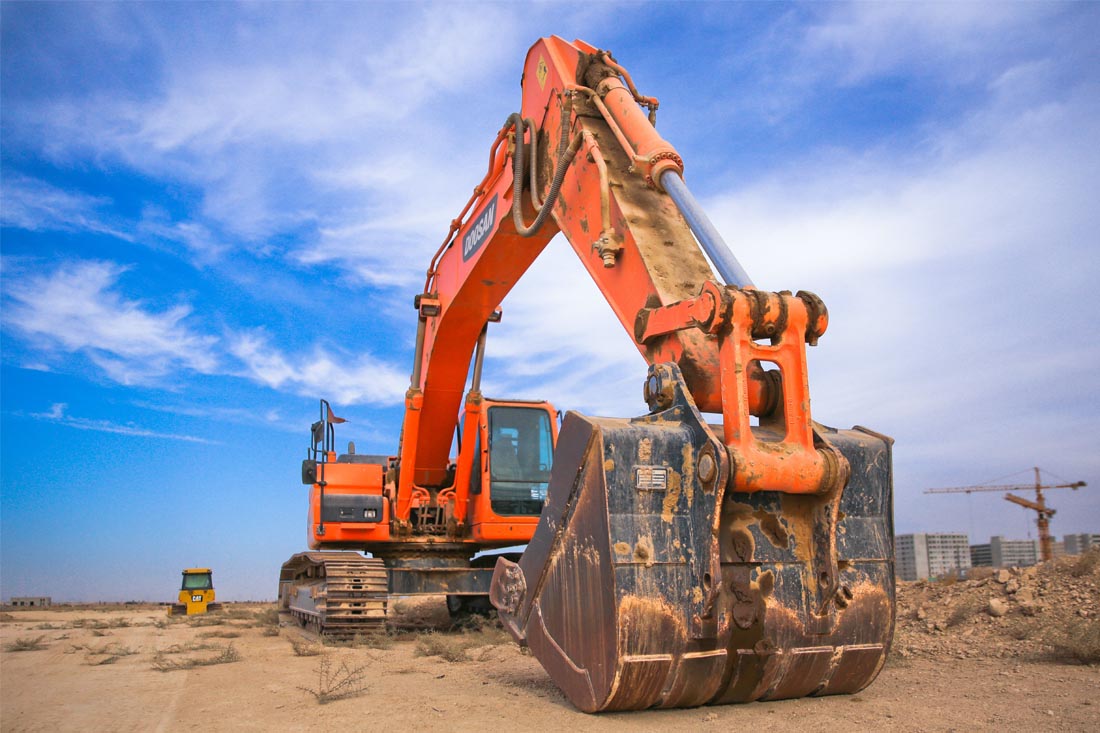Small business owners wanting to buy a vehicle, asset or important piece of equipment and immediately write off the cost only have a few days to act this financial year.
Ah, deadlines: love ‘em or hate ‘em, they sure do get you moving.
And with June 30 just days away, time is running out for your business to take advantage of the federal government’s temporary full expensing scheme this financial year.
What is temporary full expensing?
Temporary full expensing is basically an expanded version of the popular instant asset write-off scheme.
It allows businesses that are keen to invest in their future to immediately write off the full value of any eligible depreciable asset purchased, at any cost.
This helps with your cash flow as it allows you to reinvest the funds back into your business sooner.
There is a small catch though: the asset must be installed and ready to use by June 30 in order to be eligible for this financial year.
But rest assured that even if you do order the asset, and then miss the June 30 deadline because it doesn’t arrive in time, you can still write it off next financial year because the scheme is set to run until 30 June 2023.
Asset eligibility
To be eligible for temporary full expensing, the depreciating asset you purchase for your business must be:
– new or second-hand (if it’s a second-hand asset, your aggregated turnover must be below $50 million);
– first held by you at or after 7.30pm AEDT on 6 October 2020;
– first used, or installed ready for use, by you for a taxable purpose (such as a business purpose) by 30 June 2023; and
– used principally in Australia.
Obtaining finance that’s right for your business
Being able to immediately write off assets is all well and good, but if you don’t have access to the funds to purchase them, the scheme won’t be of much use to you this financial year.
So if you’d like help obtaining finance to make the most of temporary full expensing ahead of the impending EOFY deadline, get in touch with us today!
We can present you with financing options that are well suited to your business’s needs now, and into the future.
Disclaimer: The content of this article is general in nature and is presented for informative purposes. It is not intended to constitute tax or financial advice, whether general or personal nor is it intended to imply any recommendation or opinion about a financial product. It does not take into consideration your personal situation and may not be relevant to circumstances. Before taking any action, consider your own particular circumstances and seek professional advice. This content is protected by copyright laws and various other intellectual property laws. It is not to be modified, reproduced or republished without prior written consent.





